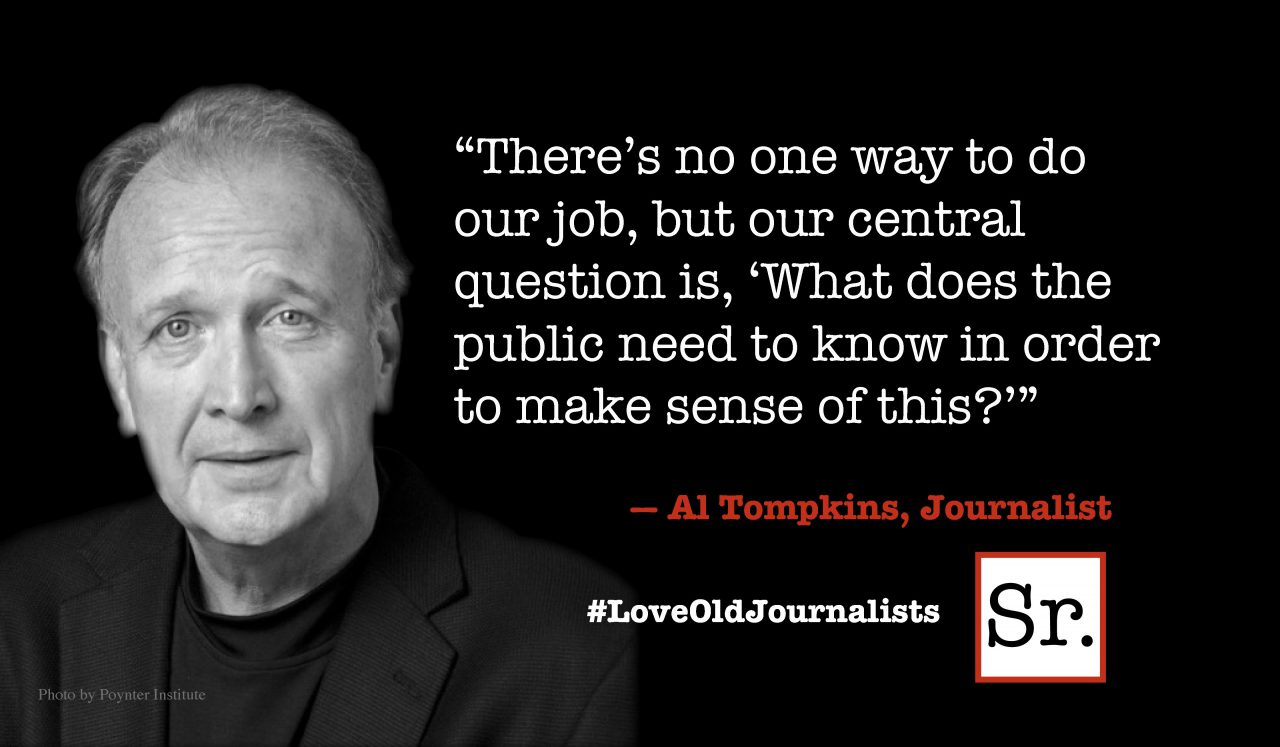When someone asks how they did, I realize I haven’t done well at giving feedback. I’ve been passive, not active.
I’ve never heard high-performers say, “I get too much feedback.” They crave more. On the other hand, I’ve never met a leader who gave enough.
High feedback leaders develop high performance cultures, when feedback’s done well.
Effective feedback energizes; nitpicking de-motivates.
Nitpicking is …
1. One way. You give, but don’t invite feedback. It’s frustrating. Still worse, it’s belittling.
2. Always negative.
3. Low benefit.
4. Demoralizing. Watch people when they walk away. Do their heads always hang and their shoulders droop?
People who crave feedback include:
1. New hires.
2. Freshly promoted employees.
3. Those facing new challenges.
4. Perfectionists.
5. Self-critical downers.
6. Highly motivated achievers.
People who resist hearing feedback may be:
1. Insecure and fearful.
2. Drifting.
3. Stubborn.
4. Not committed to the pursuit of excellence.
5. In over their heads.
First Step
The first step to great feedback isn’t performance; it’s expectations.
Explore, explain, establish, and agree upon performance expectations before increasing feedback.
Fuzzy expectations make negative feedback feel like an ambush. “Why are you giving me negative feedback about “xyz” when you never told me you expected “xyz.”
How to begin …
Begin giving more feedback by explaining your intent and asking permission.
“I want to enhance our performance and build confidence. I’d like to begin sharing feedback more frequently. How do you feel about receiving input on your performance? How do you feel about giving me feedback on my performance? What are your concerns?”
Positive
Positive feedback is best served alone.
Don’t use it to buffer “bad” news. See the good – say the good – walk away. An abundance of positive feedback creates environments where corrective feedback goes down more smoothly.
What feedback tips or warnings can you share?
What does great feedback look like?









